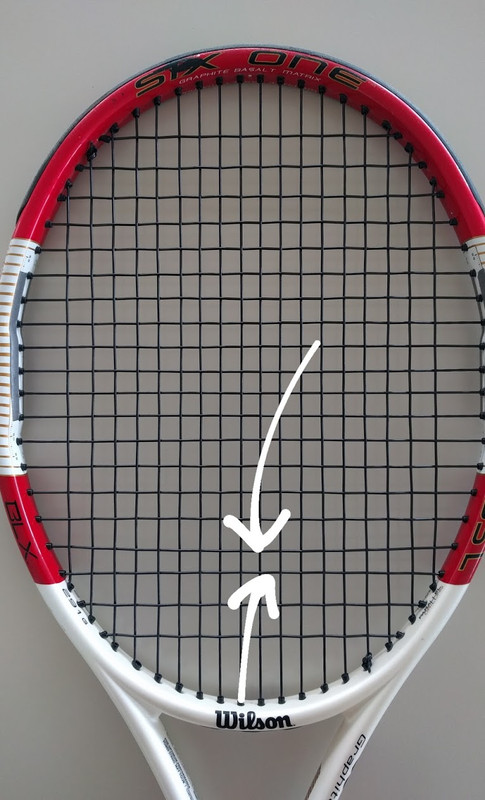Znak
Hall of Fame
Encountered a new one today. Was stringing for a friend and once completed I was straightening out the strings and noticed that on the 17th and 18th cross the string bowed. Like I couldn't adjust it, it kept going back to that flexed position — on the 17th it flexed downwards, on the 18th upwards.
I tried to see if it was something I did incorrectly but I'm stumped, could this be a grommet issue? String issue? I did this as a one piece and did a similar racquet not too long ago with no problems... Thanks in advance.

I tried to see if it was something I did incorrectly but I'm stumped, could this be a grommet issue? String issue? I did this as a one piece and did a similar racquet not too long ago with no problems... Thanks in advance.

